Russia has revealed what it claims is the largest drone production facility in the world.
Located in a highly secretive complex in Yelabuga, Tatarstan, it employs teenagers to help build lethal kamikaze drones used in strikes on Ukraine.
Footage broadcast by the Russian military’s Zvezda TV channel shows rows of Gen-2 drones lined up inside the plant, ready to be deployed.
The unnamed aerial vehicles are Russian-made versions of Iran‘s Shahed-136 and have been used in deadly attacks on Ukrainian cities.
Their black matte paint is designed to reduce visibility during night-time missions and evade air defence detection.
The Alabuga plant is more than 1,000 kilometres from Ukraine’s border and is part of a state-run special economic zone.
Its director has boasted that production has exceeded expectations. Some reports suggest up to 18,000 units were built in the first half of 2025 alone.
It’s been reported that teenage students from the nearby Alabuga Polytechnic College are being trained in weapons manufacturing from the age of 14 or 15.
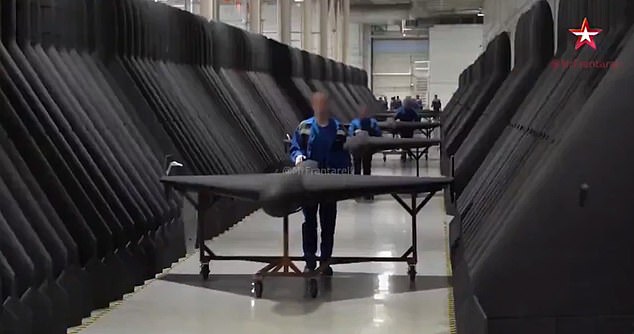
Russia has showed off what it claims is the world’s biggest drone production facility
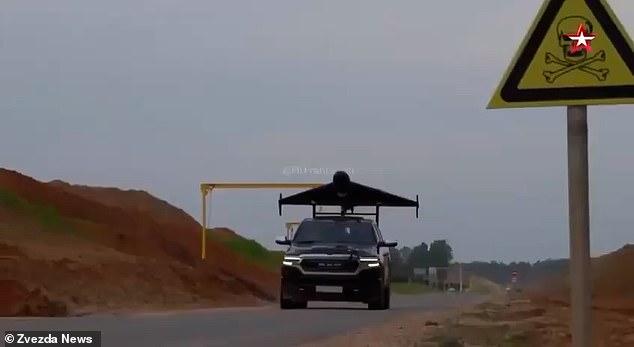
Videos show how the drones are launched from the back of vehicles
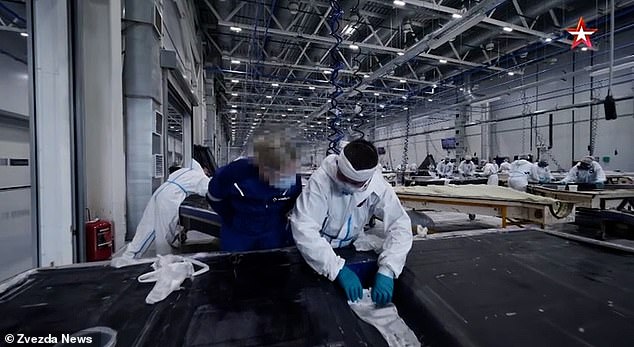
According to reports, teenage students from a nearby school are being used to make the killing machines
Once they complete their education, many transition directly to the factory floor to join the assembly line.
Footage shows these teenagers working on components, programming drones, and carrying out testing tasks, their faces blurred to conceal identities.
Critics say this represents a dangerous militarisation of education, where children are being groomed into the defence industry and made to contribute directly to a brutal war.
Reports from Russian media and leaked testimonies reveal that students are subjected to long working hours, sometimes without breaks, and are paid modest wages of about $335 to $445 per month.
Contracts ban them from speaking about their work and impose severe financial penalties of up to $22,000 for violations.
Families who resist or refuse participation can be forced to repay thousands of dollars in training costs, with surveillance reportedly used to enforce compliance.
The drones produced at Alabuga have a range of up to 1,800 kilometres and are equipped with warheads capable of inflicting widespread destruction.
Although Russia insists its drone strikes only target military sites, Ukraine and international observers accuse Moscow of using them to terrorise civilians.
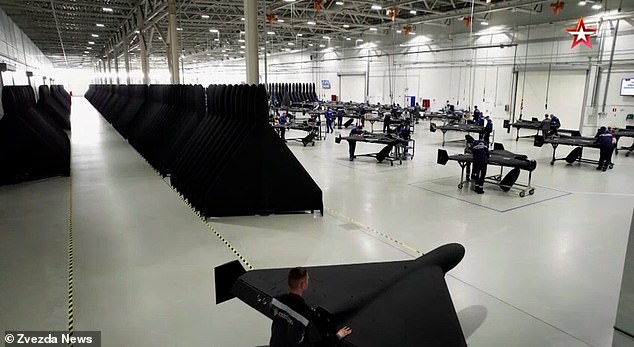
Teens who work at the factory are paid $335 to $445 per month and are forced to pay up to $22,000 if they violate their contract
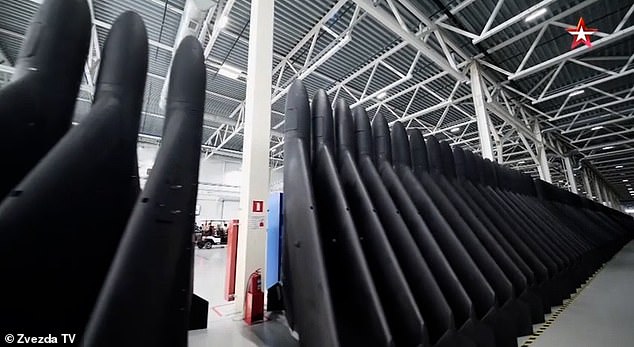
Vladimir Putin says than 1.5 million unmanned systems were built last year
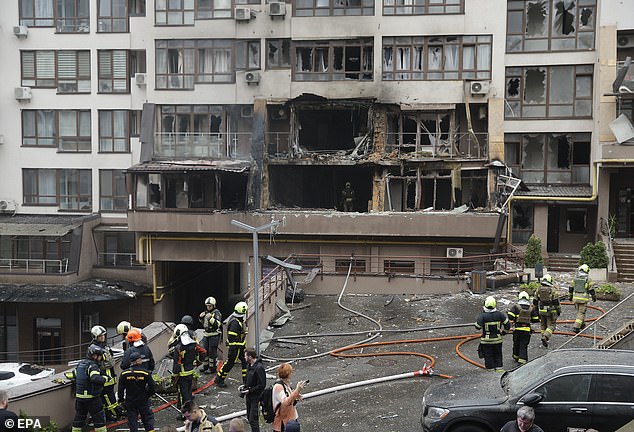
Russia insists the drones only targets military sites – however, several organisations have refuted this claim
Kyiv has repeatedly reported drone attacks on residential areas, including the capital, where people take cover in underground shelters during nightly bombardments.
The factory has also been linked to high-profile drone launches using repurposed American pickup trucks, which have been filmed carrying and firing the Geran-2.
Russian state media showcased this as part of a broader campaign to boost public support for the war effort. President Vladimir Putin has called for an urgent increase in drone production, claiming more than 1.5 million unmanned systems were built last year.
It is not the first time there has been news of children being used in Russia’s war.
Last month, Georgetown University published that thousands of children abducted from Ukrainian villages were being forcibly turned into soldiers.











